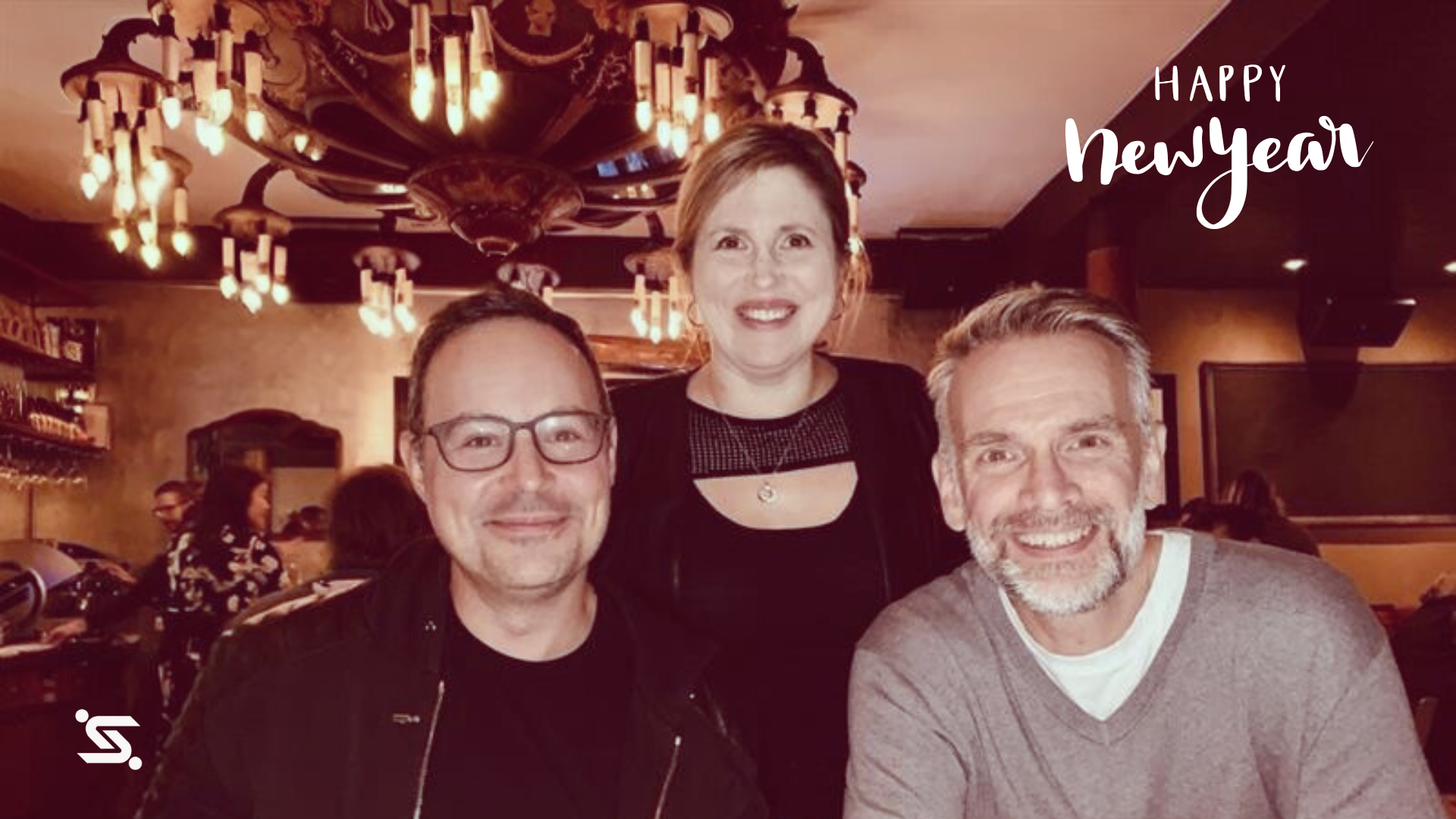A system-wide scheduling challenge
The Winnipeg Regional Health Authority (WRHA) oversees one of Canada’s largest and most complex healthcare networks — a web of 19 organizations spanning hospitals, long-term care centres, and community health providers.
Behind the scenes, however, is a challenge familiar to every health system: scheduling.
Coordinating thousands of employees across departments, locations, and roles — while honouring union rules, seniority, and last-minute absences — is more than a logistical task. It’s a constant source of stress and burnout for HR teams and managers.
That’s where ShiftLink stepped in.
Our scheduling platform was designed for environments exactly like this: unionized, high-volume, and 24/7. But what we’ve learned in partnership with WRHA has reshaped not just how we build, but how we think about smarter scheduling.
“When filling a shift means the difference between burnout and balance — your system needs to do more than send alerts.”
A year in numbers: What success looks like
In just one year, ShiftLink supported 19 WRHA organizations in meeting significant scheduling demand — with over 152,000 shifts posted and a 60% average fill rate. What makes this even more meaningful is the level of staff engagement: 14 million notifications generated 1.4 million responses, averaging 8 responses per post.
This isn’t just a sign of volume — it’s a reflection of trust and usability. Frontline teams felt empowered to choose shifts that fit their lives, leading to faster, fairer fulfillment and higher morale. In environments where schedules are often a source of stress, these numbers show what’s possible when the right tech meets real-world needs.

These numbers represent more than data points. They reflect trust, time saved, and stress reduced.
What high engagement really means
The average of 8 responses per shift might look like a statistic, but it’s really a story.
It tells us:
- Staff are checking the app frequently
- They trust the system
- It’s easy and intuitive to use
And most importantly: they want to be involved.
ShiftLink’s mobile-first design was a game changer for WRHA. Even those initially hesitant about “yet another app” soon came around — thanks to a simple interface, real-time updates, and the autonomy to respond to shift posts when it works for them.
“When people enjoy using a system, they use it often. And when they feel seen, they show up.”
Smart insights for smarter HR decisions
Scheduling is often seen as a reactive function. But with the right tools, it becomes strategic.
With ShiftLink’s heat maps and engagement analytics, WRHA HR leaders could now visualize:
- Which departments had the most shift gaps
- When response times dipped
- Who was regularly being overlooked or overburdened
Instead of just filling gaps, they could now anticipate them — and build more fair, balanced schedules.
“Better data = better decisions. ShiftLink gives HR leaders a new kind of scheduling intelligence.”
Co-creation at its best
Many of ShiftLink’s recent feature enhancements — including smarter post-and-award workflows and timeout fairness rules — were born out of our WRHA collaboration.
From user experience tweaks to policy-aligned logic, these updates came directly from WRHA managers, schedulers, and frontline users.
We don’t just build for our customers. We build with them.
“The best ideas don’t come from inside our walls — they come from the people filling the shifts.”
What’s next: Smarter, faster, more predictive
The partnership with WRHA has laid the foundation for our next leap forward:

“We’re not just building software. We’re building smarter systems that support healthcare’s most valuable resource: its people.”
Conclusion: Building better, together
The WRHA journey isn’t just a case study in numbers — it’s a story of co-creation, trust, and shared wins.
We’re deeply grateful to the teams across Winnipeg who’ve shaped how ShiftLink works today — and how it will evolve tomorrow.
And if your organization is asking how to fill shifts faster, reduce staff stress, and make better workforce decisions?
We’d love to share what we’ve learned — and build what’s next with you.
👉 Request a demo or explore how smarter scheduling starts here.





